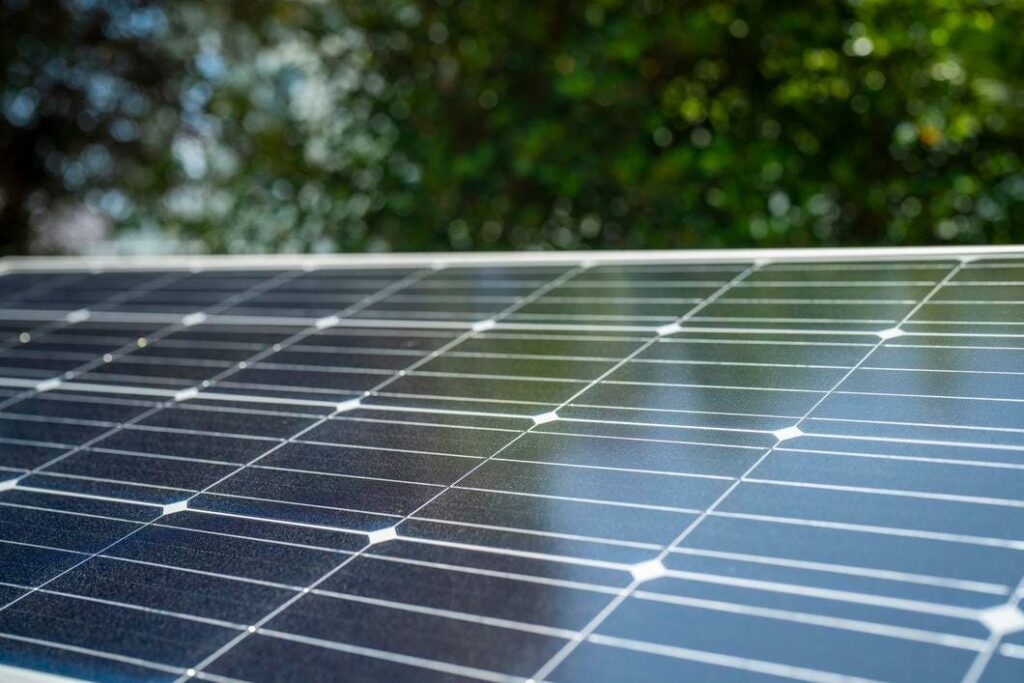Ilya Likhov – hi-tech entrepreneur, visionary and CEO of Neosun Energy, a distinguished authority in the field of solar energy.
Currently, a revolution is underway in the energy sector. The shift is not merely about transitioning to renewable energy sources, but rather a fundamental transformation in the structure of energy systems themselves. We are moving away from large-scale, centralized generation systems, which rely heavily on massive nuclear, coal or hydroelectric power plants. Instead, the focus is shifting toward micro-distributed generation, allowing energy to be produced locally rather than transmitted over long distances.
Such a transition enables the generation of energy precisely where it is needed, eliminating the need to construct vast power plants that cost billions of dollars. The energy can now be harnessed from renewable sources such as solar and wind, making it more accessible, especially in remote regions. And what is even more important is eliminating the need to build expensive power transmission lines, which can significantly reduce the efficiency of the energy system due to huge losses during transmission. When transmitting energy over long distances, we can lose up to 30% of it. Therefore, local generation through microgrids can remove the need for transmission, avoiding large losses that greatly impact the system’s stability and the cost of electricity.
Countries across Asia, Africa and Latin America are rapidly adopting solar microgrids to electrify remote regions that lack access to conventional grids, according to a microgrid market analysis. Even in North America and Europe, where energy transitions are underway, there is a growing understanding that the need to extend power lines across vast distances is becoming obsolete.
According to the latest statistics, published by Statista Research Department, the global microgrid market is poised for significant growth. It is forecast to grow from approximately $30 billion in 2022 to over $60.5 billion by 2027. The estimated compound annual growth rate (CAGR) between 2023 and 2027 is 16%. By 2027, the Asia-Pacific region is expected to be the global leader in the microgrid market, highlighting the growing demand for decentralized energy solutions worldwide.
As energy infrastructure advances, microgrids—especially those powered by solar energy—are poised to play a vital role. These systems provide a decentralized approach to addressing the rising need for sustainable, dependable and affordable energy, particularly in remote and underprivileged regions.
The report on the microgrid market indicates that the remote segment will experience substantial growth during the projected timeframe. Remote microgrids are predominantly utilized in rural areas where access to grid power is either unavailable or limited. I expect countries like India, Indonesia, and various nations across Africa and Southeast Asia to present promising opportunities for the expansion of remote microgrid solutions.
Solar Microgrids: Revolutionizing Energy Access
Solar microgrids utilize photovoltaic (PV) panels to generate electricity, which is then stored in battery systems for use when sunlight is unavailable. Unlike traditional power grids, which rely on long-distance transmission lines, solar microgrids produce energy exactly where it is needed, eliminating inefficiencies associated with power loss during transmission.
Solar microgrids are proving to be game-changers, particularly in rural and underserved areas. These systems empower local communities by providing reliable electricity for homes, schools, hospitals and businesses. In regions where extending traditional power lines is costly or impractical, solar microgrids offer a viable, scalable alternative.
One of the most critical components of a solar microgrid is its energy storage system. Lithium-ion batteries, flow batteries and other advanced storage technologies allow solar energy to be used even during nighttime or cloudy conditions. This capability ensures a consistent power supply, making solar microgrids a highly reliable solution for both urban and remote locations.
With global energy storage markets expected to reach $435.4 billion by 2030, the synergy between solar power and battery technology is set to drive the next phase of energy decentralization.
Considerations For Investors And Industry Leaders
Through my work in solar energy, I’m increasingly seeing microgrids and smart grids becoming essential, especially for countries with vast territories. They offer an alternative by enabling local energy generation, reducing reliance on centralized power plants, and minimizing fuel transportation costs.
While solar energy is a cheap and more environmentally friendly power source, it still has limitations, particularly its inability to generate electricity at night. That’s why it is important to balance them with energy storage solutions.
Hybrid solutions are currently typically used for small systems. If you need a larger system in the range of tens to hundreds of megawatts, these solutions are not applicable. Generally, hybrid solutions are used for small- and medium-sized systems. Therefore, hybrid solutions are most effectively applied for small businesses, small towns and capacities from 100 kW to 5 MW. For large cities and large industrial facilities, traditional solutions or grid-connected solar power plants should be used.
The Sustainability Impact
Solar microgrids contribute to global sustainability efforts by reducing greenhouse gas emissions, lowering electricity costs and enhancing resilience against climate-related disruptions. Furthermore, they help businesses and communities meet renewable energy goals while fostering energy independence.
I believe this shift toward decentralized, solar-powered microgrids marks a turning point in the global energy landscape. These systems provide a sustainable, cost-effective and resilient alternative to conventional power grids, ensuring energy security in both developed and emerging markets. As solar technology continues to advance, expect microgrids to play an even greater role in shaping a cleaner and more independent energy system. Leaders who invest in solar microgrids can contribute to a more sustainable legacy for their businesses and the world for generations to come.
Forbes Business Council is the foremost growth and networking organization for business owners and leaders. Do I qualify?
Read the full article here











